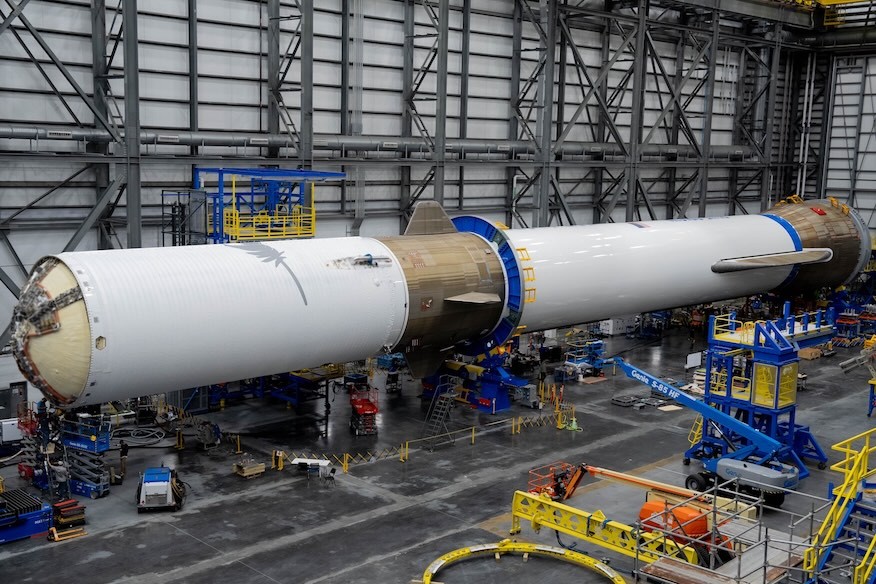
Blue Origin successfully completed a crucial engine test of its massive New Glenn rocket on Friday, marking the last major milestone before the vehicle's first orbital launch attempt. The company also secured a key launch license from federal regulators on the same day.
During the test at Cape Canaveral Space Force Station in Florida, all seven main engines of the rocket ignited for 24 seconds, with 13 seconds at full thrust. The test came after multiple attempts throughout the day.
"This is a monumental milestone and a glimpse of what's just around the corner for New Glenn's first launch," said Jarrett Jones, senior vice president of the New Glenn program.
The Federal Aviation Administration (FAA) issued a five-year launch license allowing Blue Origin to conduct orbital missions from Cape Canaveral and attempt first stage landings on a barge in the Atlantic Ocean.
Standing taller than the Statue of Liberty, New Glenn represents Blue Origin's entry into the orbital launch market. The rocket runs on methane and liquid oxygen in its first stage, while its second stage uses liquid hydrogen and liquid oxygen. At full power, its engines generate thrust equivalent to two aircraft carriers operating at maximum capacity.
For its debut mission, New Glenn will carry the Blue Ring Pathfinder, a test spacecraft designed to validate communications and tracking systems. While no official launch date has been announced, flight advisory information suggests the launch could occur as early as January 6.
The developments reflect increased momentum at Blue Origin under founder Jeff Bezos's renewed involvement and new CEO Dave Limp's leadership. The company aims to make New Glenn a reusable rocket, with plans to recover and reuse the first stage booster up to 25 times.
This milestone positions Blue Origin to join the ranks of companies capable of heavy-lift orbital launches, potentially playing a role in NASA's lunar exploration plans and commercial space operations.